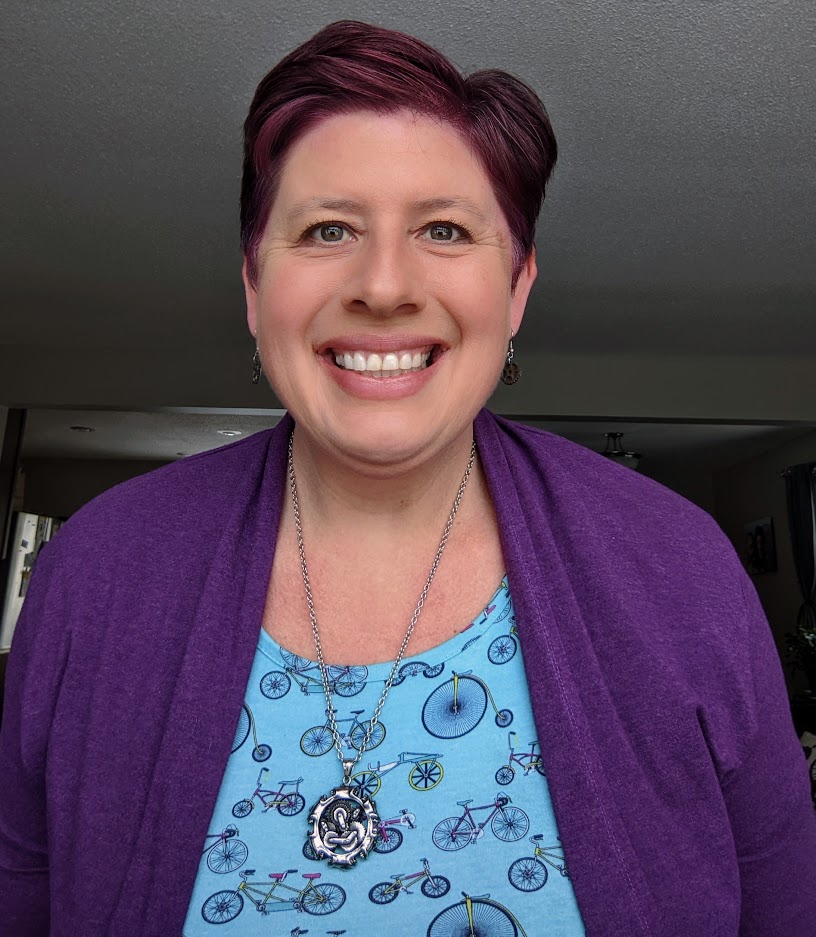Implementation details: Burnsville's Heart of the City (also called HOC, or downtown zoning district)is walkable, with pedestrian friendly development, mixed uses and a mix of housing types and income levels. The City coordinated with property owners, investors, and agencies such as Dakota CDA and the Met Council to obtain a livable communities grant and develop low to moderate income housing within the HOC. The city purchased property, developed the HOC plan, amended it's Comprehensive Plan, developed HOC Design Guidelines, developed HOC zoning district standards, approved individual site development, and constructed public improvement projects.
The City built a Park and Ride in the Heart of the City that serves multiple businesses, residents, Nicollet Common's Park, and the Burnsville Performing Arts Center. This district has access to MVTA, the park and ride, and other bus transit services. Diamondhead Shopping Center in the Heart of the City was renovated and designed for reuse as the current Burnsville High School Senior Center. Burnsville applies low impact site development to all projects and requires LID agreements to be signed and made part of development agreements.

